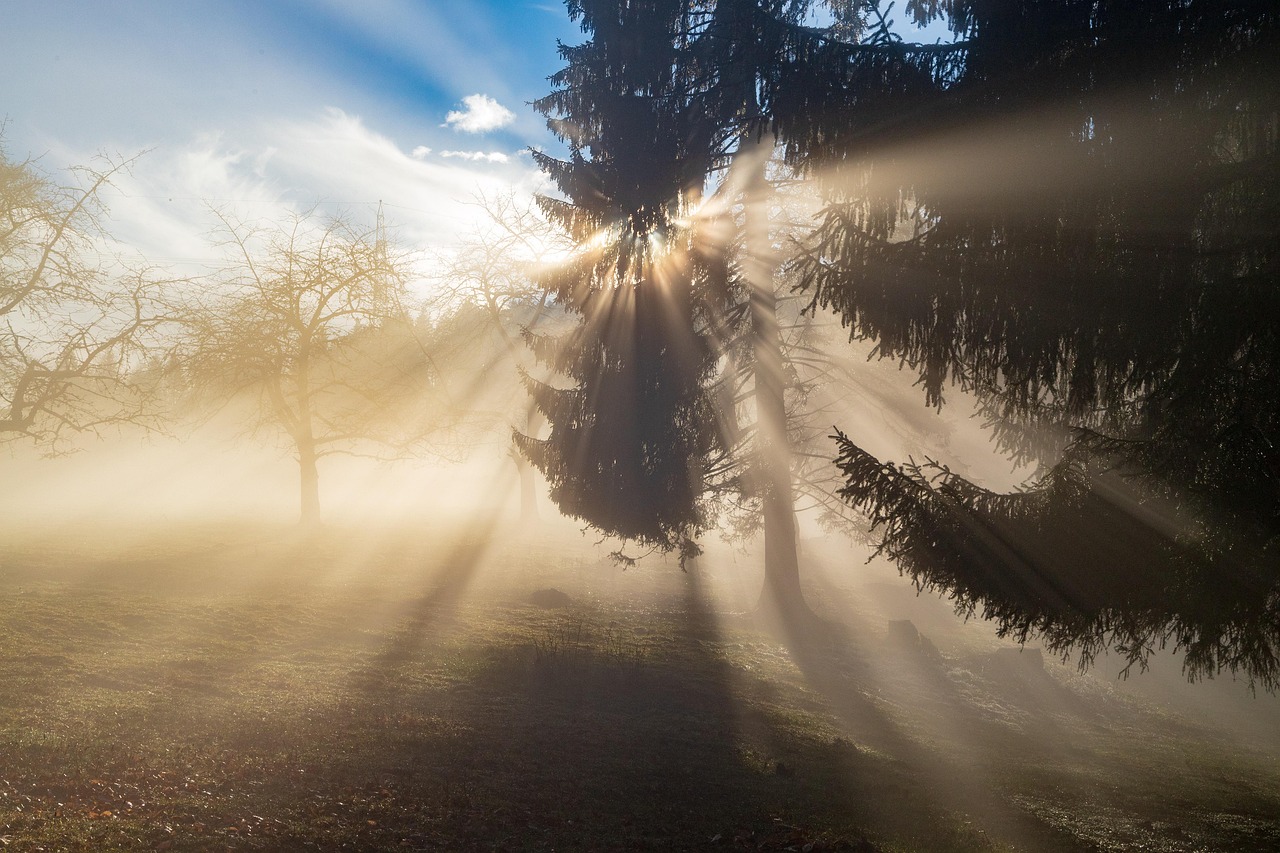Media release
From:
‘Fog harvesting’ could yield water for drinking and agriculture in the world’s driest regions
A field study spanning a year showed that water collected from fog could ease water scarcity affecting vulnerable populations living in Chile’s Atacama Desert
In regions where it hardly ever rains, water is valuable, and access to it is unequal. One such place is Alto Hospicio in Chile, located in the hyper-arid Atacama Desert region. Now, researchers have tested if making water from fog could be a solution to the city’s troubled water supply. Using fog collectors, they found that up to 10 liters per square meter each day could be collected; enough to supplement water needed for drinking, irrigation, and agriculture.
With less annual rainfall than 1 mm per year, Chile’s Atacama Desert is one of the driest places in the world. The main water source of cities in the region are underground rock layers that contain water-filled pore spaces which last recharged between 17,000 and 10,000 years ago.
Now, local researchers have assessed if ‘fog harvesting,’ a method where fog water is collected and saved, is a feasible way to provide the residents of informal settlements with much needed water.
“This research represents a notable shift in the perception of fog water use—from a rural, rather small-scale solution to a practical water resource for cities,” said Dr Virginia Carter Gamberini, an assistant professor at Universidad Mayor and first co-author of the Frontiers in Environmental Science study. “Our findings demonstrate that fog can serve as a complementary urban water supply in drylands where climate change exacerbates water shortages.”
Catching moisture
Fog collectors typically consist of a mesh suspended between two posts. The mesh serves as an interception surface to catch moisture. Droplets collate on the mesh and fall into a gutter leading to water storage tanks. It’s a passive system that requires no external energy.
The researchers conducted a year-long field study in Alto Hospicio, a fast-growing municipality located in the hyper-arid Atacama Desert. Because of the city’s rapid growth, approximately 10,000 people live in informal settlements. Only 1.6% of these settlements are connected to water distribution networks and most inhabitants receive water via trucks. “The collection and use of water, especially from non-conventional sources such as fog water, represents a key opportunity to improve the quality of life of inhabitants,” Carter said.
The researchers found that in a 100 square kilometer area surrounding Alto Hospicio, between 0.2 and 5 liters of fog water could be harvested per square meter each day. This potential, however, is confined to the higher lying altitudes outside of the city’s limits. During the study’s peak season, in August and September of 2024, collection potential reached up to 10 liters per square meter and day.
“By showcasing its potential in Alto Hospicio, one of Chile’s most stigmatized yet rapidly urbanizing cities, this study lays the groundwork for broader adoption in other water-scarce urban areas,” said Nathalie Verbrugghe, a researcher at Université libre de Bruxelles and first co-author of the article. Fog harvesting, however, should not be seen as the sole solution to water scarcity but as part of a broader urban water management strategy, the researchers said.
Easing water shortages in urban areas
The collected water could be used for drinking, irrigation of green spaces, and local food production. However, large storage systems, piping infrastructure, and ways of distribution would be necessary, the researchers said.
Based on an annual average water collection rate of 2.5 liters per square meter per day, the researchers said that 17,000 square meters of mesh could produce enough water to meet the weekly water demand (300,000 liters) for urban slums. 110 square meters could meet the annual demand for the irrigation of the city’s green spaces (100,000 liters). Similarly, fog water could be used for soil-free agriculture, with yields of 15 to 20kg of leafy green vegetables in a month.
For the same to work in other places, the geographic and atmospheric conditions need to be just right. “Key prerequisites include fog density, suitable wind patterns, and well-oriented elevated landforms. Additionally, since fog is seasonal in many regions, this variability should be considered,” said Verbrugghe. Future research will also need to evaluate the feasibility of fog harvesting in larger settlements.
“We hope to encourage policymakers to integrate this renewable source into national water strategies,” concluded Carter. “This could enhance urban resilience to climate change and rapid urbanization while improving access to clean water."



 International
International



